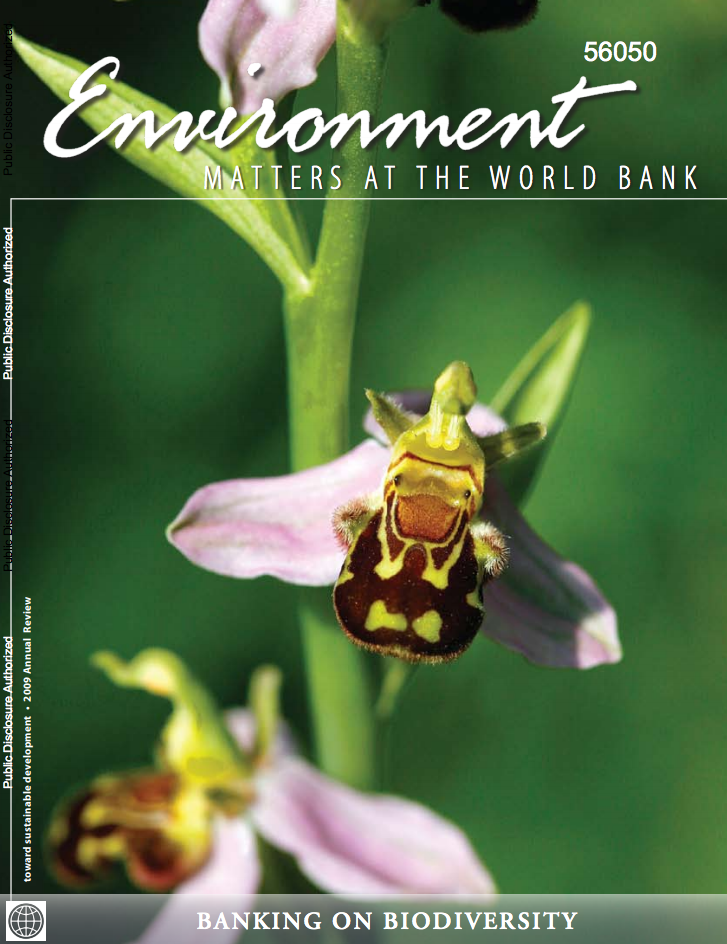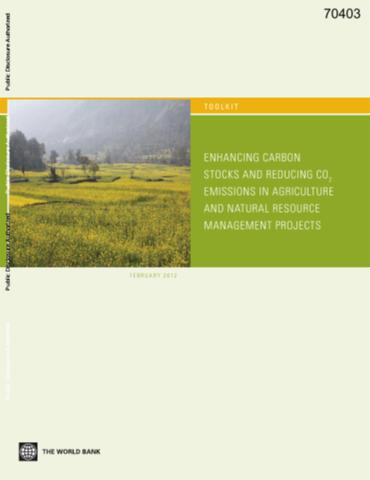Investing in a More Sustainable Indonesia : Country Environmental Analysis 2009 - Main Report
The objective of this Country
Environmental Analysis (CEA) is to highlight the underlying
challenges and opportunities for Indonesia's
environment and management of its natural resources in order
to guide the World Bank support to Indonesian institutions
for more sustainable development. Rather, the CEA sets the
broader context (chapter one) and economic costs of
environmental degradation (chapter two) in order to identify




